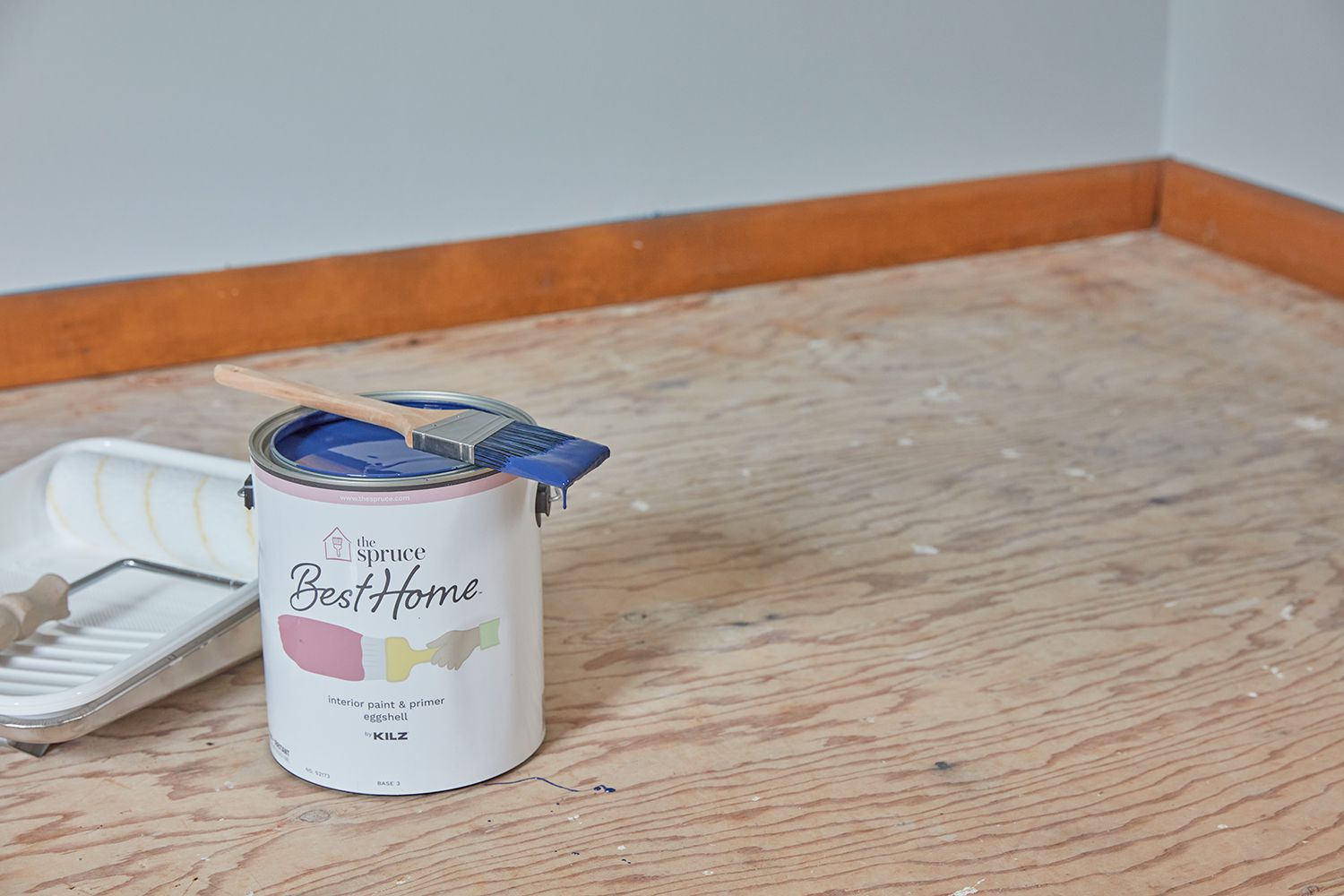Do You Paint First or Last in Renovation?
Introduction
When embarking on a renovation project, one common question that often arises is whether to tackle painting first or leave it until the end. Both approaches have their merits, and the decision ultimately depends on various factors, including personal preference, the extent of the renovation, and the specific requirements of the project. In this article, we will explore the advantages and disadvantages of painting first and painting last, helping you make an informed decision for your renovation endeavors.
Painting First: Pros and Cons
Pros of Painting First
Fresh Canvas: By painting the walls first, you have a clean and fresh canvas to work with. This allows you to envision the final look of the space more accurately and plan the rest of the renovation accordingly.
Efficiency: Painting an empty room is often faster and more efficient since you don’t need to move or protect furniture and other items. It enables you to work freely and with greater ease, ensuring a smoother painting process.
Fewer Obstacles: Painting before other renovations, such as installing new flooring or cabinetry, eliminates the risk of accidental paint spills or damage to newly installed materials. This approach reduces the need for touch-ups or additional work in the future.

Cons of Painting First
Limited Color Choices: Painting first means committing to a color scheme early on, which might restrict your options for other design elements. It can be challenging to find complementary furnishings and accessories if the paint color doesn’t align with your vision.
Potential Damage: If other renovations involve heavy construction or remodeling work, there is a risk of damage to freshly painted walls. Tools, materials, or accidental impacts can cause scratches, dents, or blemishes, requiring touch-ups or even repainting.
Dust and Debris: Construction and renovation work generate dust and debris, which can settle on painted surfaces and compromise the final finish. It may require extra effort to clean and maintain the painted walls until the completion of other renovations.
Painting Last: Pros and Cons
Pros of Painting Last
Design Flexibility: Painting after completing other renovations gives you the flexibility to choose colors and finishes that complement the overall design scheme. You can match the paint to the new flooring, cabinetry, or fixtures, creating a cohesive and harmonious look.
Protection: By leaving painting until the end, you can protect the walls from potential damage during construction. Once all the major work is complete, you minimize the risk of accidental scratches, dents, or smudges, ensuring a pristine finish.
Accurate Color Selection: Waiting to paint allows you to observe how natural and artificial light interacts with the renovated space. This helps in selecting the perfect shade, as lighting conditions can significantly influence how colors appear on the walls.
Cons of Painting Last
Disruption and Delays: Painting is a labor-intensive task that requires time and precision. By leaving it until the end, you may face additional delays and disruptions to the completion of your renovation project, extending the overall timeline.
Protection Challenges: If you opt for painting last, you’ll need to take extra precautions to protect newly installed elements, such as flooring or fixtures, from accidental paint splatters or spills. This can be time-consuming and requires careful attention to detail.
Limited Access: When painting is the final step, it can be challenging to reach corners and tight spaces where walls meet cabinets, appliances, or fixtures. This limitation may result in uneven or incomplete paint coverage in some areas.

Conclusion
Deciding whether to paint first or last in a renovation project is a choice that depends on several factors and personal preferences. Painting first offers a fresh canvas, efficient workflow, and fewer obstacles. However, it may limit your color choices and expose painted walls to potential damage and debris during subsequent renovations. On the other hand, painting last provides design flexibility, protects walls from construction damage, and allows for accurate color selection. Yet, it can lead to disruptions, protection challenges, and limited access to certain areas. For nazbuild renovations in sunshine coast see here.
To make the best decision for your renovation, consider the scope of the project, your desired color scheme, the type of renovations involved, and your tolerance for potential risks and delays. It’s also beneficial to consult with professionals or experienced contractors who can provide insights based on their expertise.
Ultimately, the key is to weigh the pros and cons of painting first and painting last, considering the specific requirements and goals of your renovation project. By making an informed choice, you can achieve a beautiful and cohesive result that reflects your vision and enhances the overall appeal of your space.

